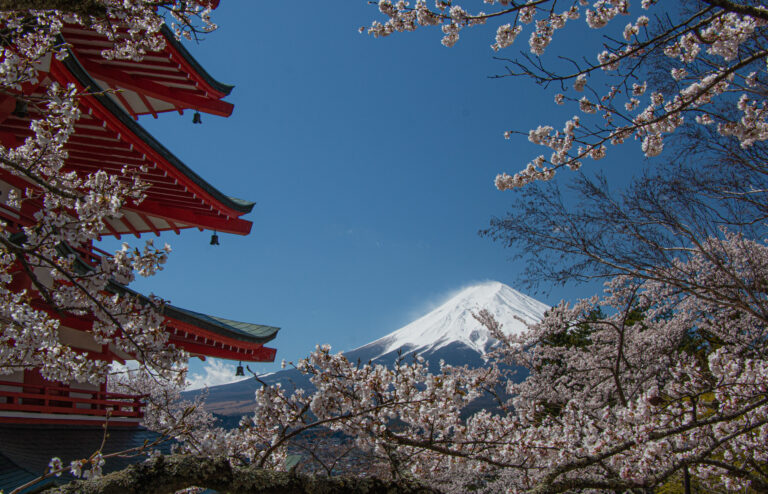Returning to Japan

My first journey to Japan was in 2014. It left such a strong impression that I decided to return the following summer.
Amongst many other treasures, travel in Japan offers buzzing modern cities, well-preserved old towns and villages, stunning mountains and countryside, comfortable and efficient transport, sophisticated and traditional accommodation, unusual and unexpected food, and of course the politeness of the people. Returning to Japan gave me the chance to go further off the main tourist trail and explore some very authentic areas of the country.
The Japanese travel regularly within their own country. Accommodation in lesser known areas is often in high demand and can be fully booked months in advance. Despite booking two months in advance, I got the last of the accommodation available for the Wachino Festival in Tsumago. Most of the rest of the journey, I booked on the way to give myself the luxury of flexibility in travel.
As a foreigner, you can buy a rail pass before arriving in Japan. It is especially cost effective if you are going to take a couple of journeys on the high-speed bullet trains.
The upcoming articles follow the route of this second trip through the centre and north of the main island of Honshu and over to the northern island of Hokkaido: Nagano, The Nakasendo Trail, Kurobe Gorge, Dewa Sanzen, Hirosaki, Hokkaido, and Tokyo.
Nagano
Perhaps best known for the 1998 Winter Olympics, Nagano is a popular ski station. The summer provides an excellent opportunity to enjoy the forests and their hidden shrines at nearby Togakushi.

The Nakasendo Trail
In the 17th century, the Nakasendo Trail was established connecting Kyoto with Tokyo (then known as Edo) as a trade and postal route. The villages that remain on the trail are so well preserved that walking through them is like stepping back in time.

Kurobe Gorge
The Kurobe Gorge cuts through a section of the Japanese Alps. The narrow gauge railway makes a great way to enjoy the best of the Kurobe River and the spectacular forested mountain scenery.

Dewa Sanzan
The three sacred mountains, Dewa Sanzan, are close to the small city of Tsuruoka. One of the most spectacular sights is the five-storey pagoda of Mount Haguro. It was built from wood more than six hundred years ago, and is tucked away in the forests.

Hirosaki

Hirosaki is a small and peaceful city in the far north of Honshu. The intact seventeenth century castle and its splendid gardens are a major draw for visitors. I was fortunate enough to be there for the city’s dramatic and coordinated festival.
Hokkaido
The bullet train from Aomori took me under the sea and up to the city of Hakodate in the northern island of Hokkaido. Other highlights include Otaru, the city of canals, and Sapporo with its underground shopping malls.

Tokyo

What an amazing city! A vast metropolis, but clean, safe, fun, relatively easy to move around, and with a mix of modern and traditional architecture. Many of the oldest buildings were destroyed during the Great Kanto Earthquake of 1923 or during World War II. Important buildings such as Senso-ji in Asakusa which originates from the 7th century was rebuilt in the 1950s, 60s and 70s. The wackier side of Tokyo comes in many forms including the maid cafes and other Otaku culture in Akihabara, The Robot Restaurant (still closed!), and the charming fashions of Harajuku. There are excellent selections of museums, and some beautiful and peaceful parks to escape the frenzy of the city.






